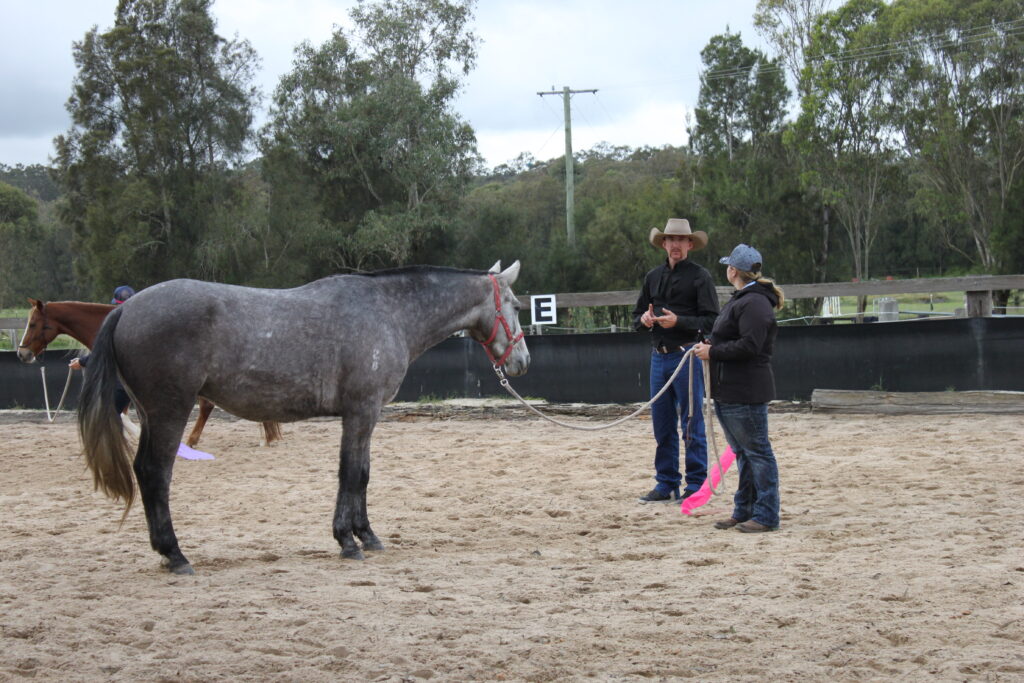Clinics
Horses, known for their sensitivity and perceptiveness, are mirrors reflecting our emotions. Step into their world, and you’ll find that they are not just responsive to physical cues but also attuned to the subtleties of human feelings. This is where emotional intelligence in horsemanship comes to play – the ability to understand, interpret, and respond to both our own and our equine partner’s emotions.
Stage 1 – Pathway to Connection – Essentials: Building a strong foundation begins with acknowledging the present relationship. The willingness to interact is not just a physical act but a meeting of minds. It involves understanding the horse’s disposition, creating an atmosphere of trust, and establishing a connection that goes beyond mere proximity.
Stage 2 – Advanced Groundwork: As we delve deeper, the journey advances to checking in with the horse’s nervous system. The emotional state of our equine companion becomes a focal point. Through advanced groundwork, we learn to decipher the subtle language of their emotions, fine-tuning our ability to respond appropriately. It’s a dance of energy, a silent conversation that transcends spoken words.
Stage 1 – An Introduction to Liberty: Introducing the concept of liberty, we explore a realm where trust flourishes without physical constraints. It’s a testament to true connection when a horse chooses to stay, move, or engage freely without the need for a halter or lead. This stage deepens the relationship, showcasing a bond built on mutual respect and understanding.
Stage 2 – Liberty: Advancing into liberty exercises, the horsemanship journey evolves. Communication without physical control becomes an art form. Here, emotional intelligence shines, as we navigate the subtleties of non-verbal cues, acknowledging the horse’s autonomy while maintaining a harmonious partnership.
Stage 1 – Ridden – Consent & Riding Prep: Transitioning to ridden work, we extend our awareness to encompass both the rider’s and horse’s nervous systems. Emotional states come to the forefront, and our ability to redirect distracting thoughts and establish consent for riding becomes crucial. This stage embodies the fusion of mental and emotional harmony.
Stage 2 – Ridden work – An Introduction to Body Control under Saddle: As we guide our horses through the intricate steps of body control under saddle the rider’s cues become nuanced, and the horse responds not just to physical aids but to the unspoken language of intent and emotion.
Stage 3 – Ridden: For some this is the pinnacle of horsemanship. Here, we witness the culmination of the journey, where horse and rider move as one, their emotions interwoven, creating a masterpiece of connection.


